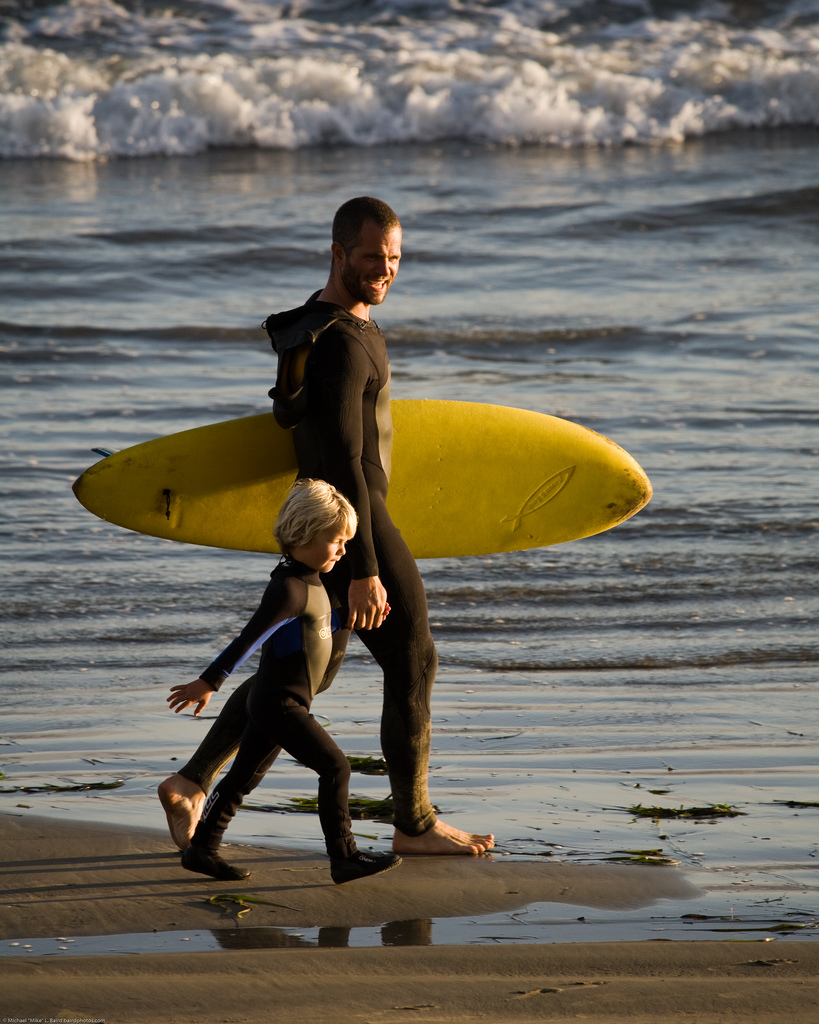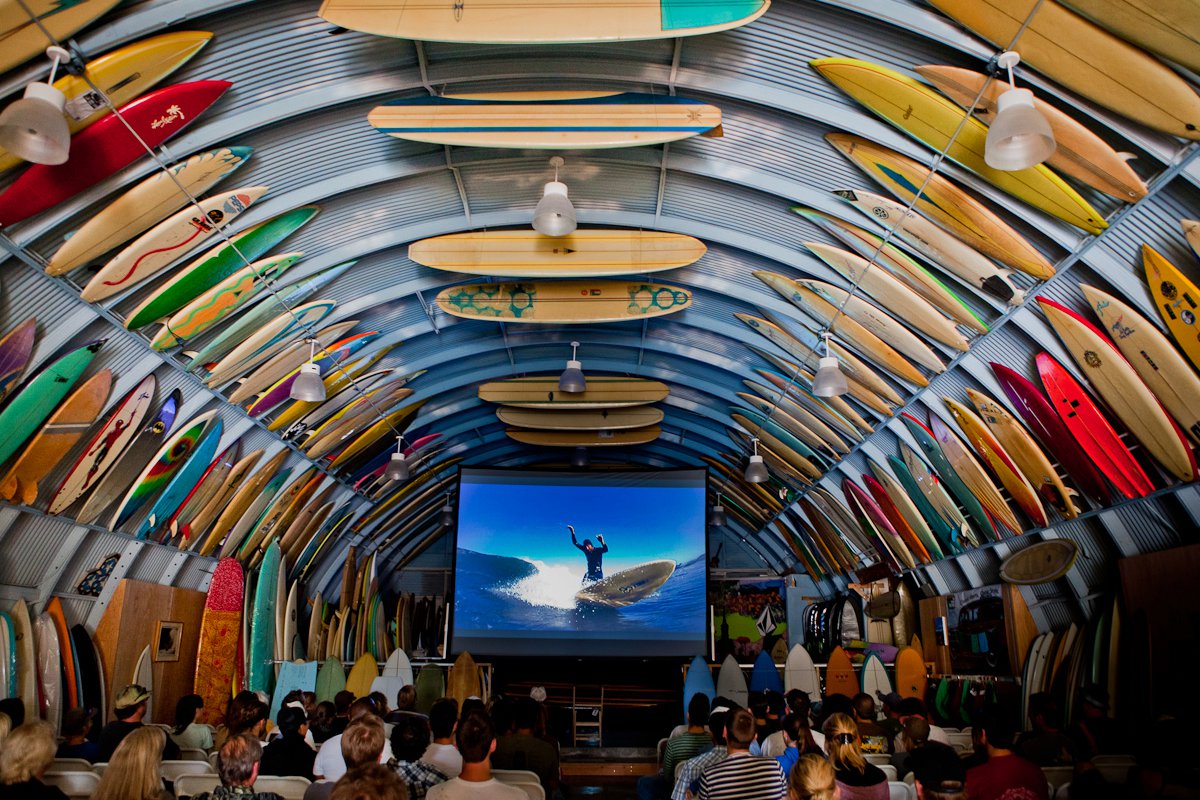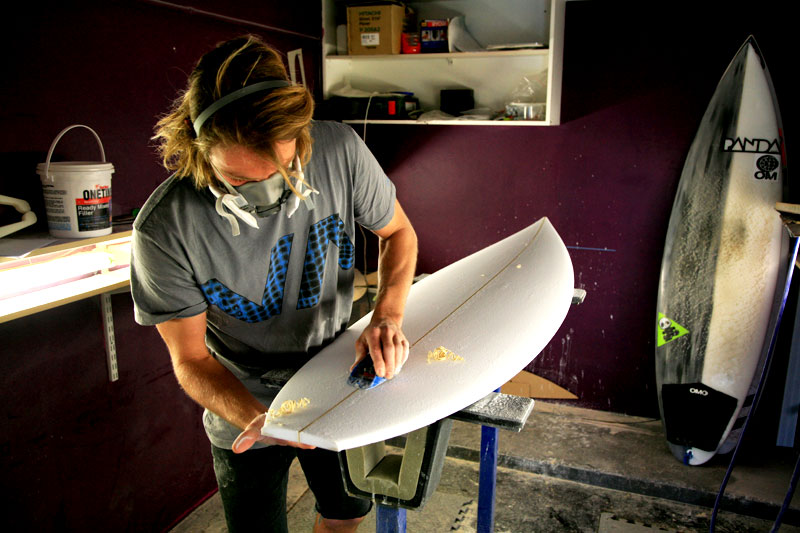The best surfboards in the world are the most toxic. Take any professional surfer and she/he will be riding a high tech stick packed with the latest innovations. It will also be the worst possible board for the environment not only in its materials, but in the creation, disposal, and in effects on workers creating the boards.
The good news is that many small business are developing alternatives. UK-based company, Ocean Green, is bringing back the all wood board by hollowing out a Balsa-wood plank and using bio-degradable fiberglass cloth.
Country Feeling, a Hawaii based shaping group co-founded by Jack Johnson, is developing a soy and sugar-based foam and a solar cured resin.
There is also a movement to recycle everything from the foam dust to the actual boards themselves. Green Foam collects the excess dust tossed out in shaping shacks to make new foam for boards.
The movement is starting to catch on among the pro’s (Kolohe Andino rides a recycled foam board) and the crowds. There is even a new surf film digging into this, Manufacturing Stoke:
No other sport is so intrinsically linked to nature. Some call it a spiritual experience, most call it indescribable. And yet, in becoming the multi-billion dollar industry it is today, a great paradox has risen. Surfers are indeed directly connected to the earth’s pulse and yet a majority of the materials used are environmentally toxic.
Still, this whole story largely unknown. Only a few of the large companies are taking it seriously which means even fewer surfers are interested. Surf wax and wetsuits also have their own toxic problems and are in need of an overhaul.
Which means its all about grass roots growth. Tell your friends, experiment in your garage, and spend your dollars on what you care about.
How did it get this way?
We’ve all seen the classic image of a shaper wearing the breathing mask. Heard the tale of the young protégé shaper sweeping up foam dust. But, have you ever thought about why the mask is needed, can you think of any other profession where people need them?
There’s not many of them left in the country because these compounds are toxic. Most are banned in several states or highly controlled due to their volatile nature. We are talking about cancer, deformations, groundwater contamination, ocean pollution…here are some of their names:
Toluene Diisocynate, Polystrene, Polyurethane, Chromium, Dicarboxylic Acids, and Dihydroxy Alcohols.
An explanation of how we got here starts back in the 60’s with the massive 10-foot long wood planks. They were heavy, so heavy that you had to balance it on your head and cart it around in “woody” wagons. These boards defined the early era of surfing and the longboard riding style (slow, long curves at special breaks).
Then modern technology stepped in: foam, fiberglass, and resin. The wood was whittled down to a thin strip in the center for strength (stringer) and the rest was taken up by foam, then shined up with fiberglass in resin. The result was a lighter, faster, and more agile board.
It revolutionized the sport. Made it the worldwide industry it is today. Then it all came crashing down in 2005.
A series of factors contributed to this change, the largest of which was the shutting down of Clark Foam. This giant supplier of foam for boards worldwide came under the cross hairs of government (all of them). The city, county, state, and federal authorities wanted a cleaner factory and Gordon Clark couldn’t take it.
The story is still unclear, whether Gordon refused to clean-up or the city simply wanted him gone. It is probably somewhere in the middle but the lawsuits, criminal charges, and cancer-riddled workers speak to some truths.
Namely, the growth of the surfboard industry is creating a lot of waste and pollution. As the government stepped in it found that nearly every element of the modern surfboard involved toxic chemicals or volatile organic compound.
The regulators clamped down and the surfboards manufacturers went abroad or went mechanical. Hoping to outsource the pollution or remove the worker from the shaping. Clearly the industry didn’t want to face it’s own problems.
Which now puts the industry on the verge of a new breakthrough. A revolution in materials to bring about a cleaner, safer way to enjoy the sport we love.
***


Leave a comment